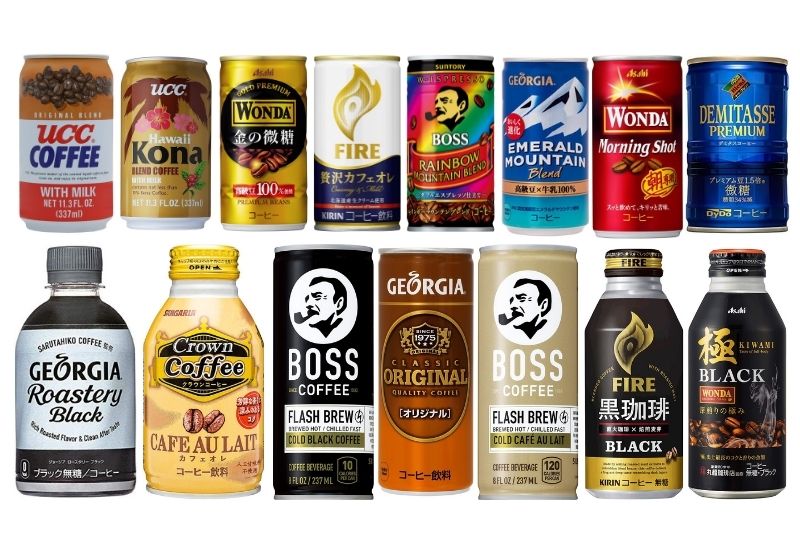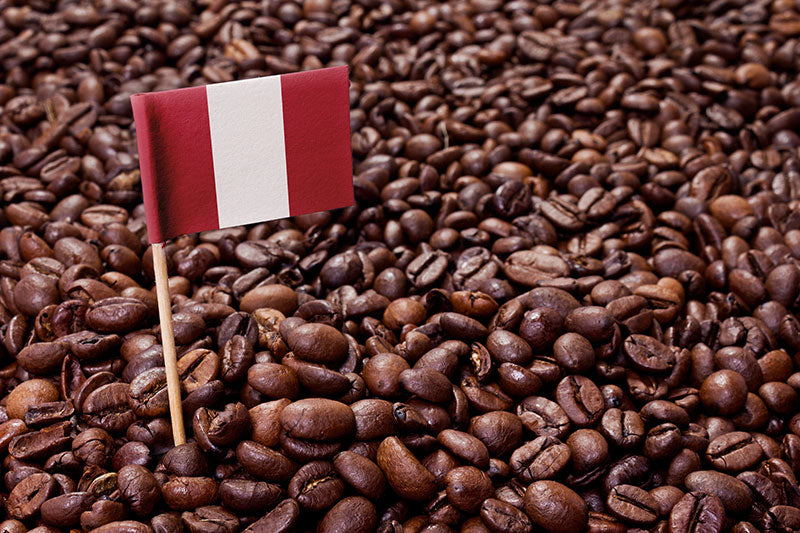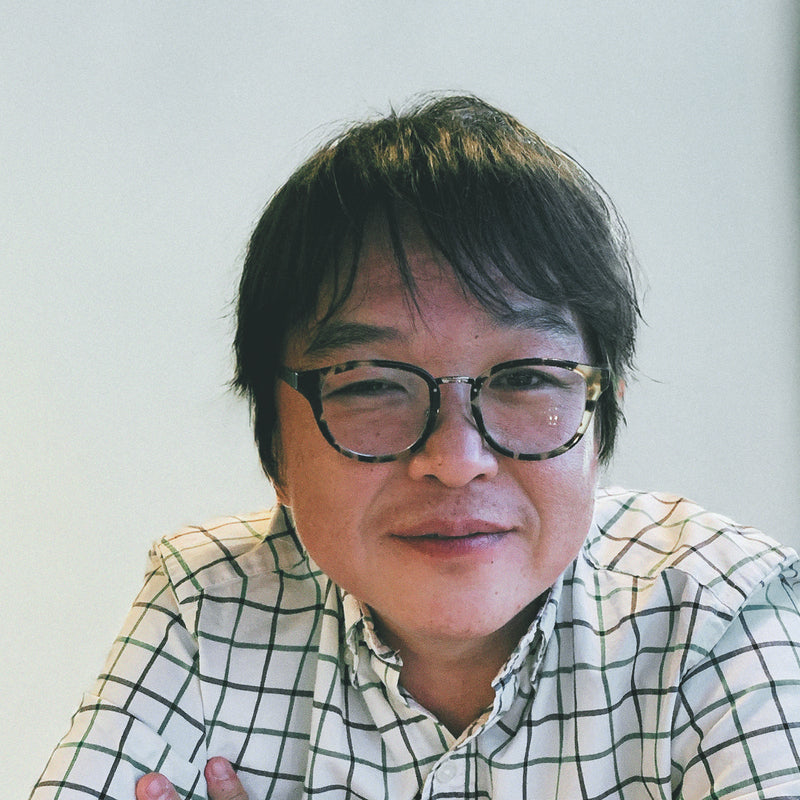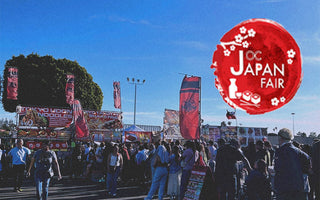Introduction
Over 99.5% of the coffee produced in the global industry is meant for commercial use. Only a mere 0.5% is specialty coffee.
And at the top of that 0.5%, you will find none other than Ge(i)sha coffee, one of the most renowned and unique species of Arabica, mainly cultivated in Central America.
Although there is a bit of controversy surrounding its name and a lot of different variations based on its origin, it is one of the most expensive varieties worldwide, and its individual profile stands up to its reputation.
But we should probably begin with the basics. So, without further ado, let’s get started!

The History of Ge(i)sha Coffee
Gesha coffee is an Arabica varietal that has its roots in Ethiopia. It was discovered near Gesha village in 1931, from which it also took its name.
It was moved to Costa Rica in the 1950s for experimentation and research, where it was logged as accession T2722. From there, it was distributed throughout Panama in the 1960s due to its tolerance to coffee leaf rust, a disease that plagued coffee plantations at the time.
It wasn’t esteemed as a high-quality coffee for the next few decades, as it wasn’t cultivated at its optimal altitude (at high altitudes, the taste is significantly superior), and it didn’t appeal to farmers.
It was rediscovered in 2004, however, by the Peterson family, who noticed the high quality of this coffee and entered a batch in the “Best of Panama” competition/auction and sold it for over $20 per pound.
It possesses a unique aroma and flavor, and given its individuality and high quality, it has been catching the eyes of coffee enthusiasts across the globe, all wanting to see what makes it so special and if it stands up to its reputation.
After this specialty coffee made its debut in Panama and started generating demand, more farms started growing it, despite its low yield and hard cultivation process. As Panama is one of the smallest coffee exporters, with approximately 10 tons a year, there was a clear opening for other exporting countries to step in as well.

More specifically, Central American, African, and Asian countries all cultivate Gesha coffee now, although in very small amounts compared to the total production.
Up to this day, the most renowned of all cultivars is Panamanian Gesha Coffee, which also sells for the highest price worldwide. (Recorded $1,300 in the 2020 auction.) It was recently sold at this year’s “Best of Panama” auction for around 2.5 thousand dollars per pound.
Geisha or Gesha?
There is a common dispute when it comes to the name of the variety: Gesha or Geisha?
In reality, both names are valid in the coffee industry, and the conflict over its name dates back to 1931, when the coffee was discovered. There is said to have been a mistake in the translation from Ethiopian to English, and that has survived up to this day.
Whichever of the names you prefer to use, however, the coffee industry knows exactly what you mean.
Panamanian Gesha Coffee and its differences to other countries
In all of the countries where Gesha coffee is cultivated, there are many factors at play that directly impact both its quality and its flavor.
To some degree, this is related directly to the unique trait of the variety, which is that it grows fewer cherries than the typical Arabica plant and requires more time to produce ripe cherries suitable for coffee.
This means, however, that more nutrients reach each bean, and therefore the taste is even further refined just by that.
In Panama, that has worked in favor of the farmers since the three main coffee regions, located around the three major volcanoes of the country, offer the beans the opportunity to capture all the richness of the soil and translate it into additional flavor and aroma.

Panamanian Gesha Coffee is also mainly processed with the washing method, which is different from what other countries like Costa Rica do with their production.
The difference in processing methods has a direct impact on the taste and mouthfeel of the cup. The “washed” method, for example, makes for an enhanced individual flavor of the bean overall, while the “Honey method,” used in Costa Rica and other Central American countries, highlights specific traits of the bean, like sweetness and fruitiness.
While the terrains are similar in those two countries and both produce a small amount of very high-quality, premium coffee, the processing method plays a key role in the end result.
It should also be noted that Costa Rica produces many varieties of coffee with higher yields that could also benefit from its favorable conditions. Being a small exporter of premium coffee just like Panama, we can see why Costa Rican gesha isn’t as commonly found in the market compared to Panamanian.
The same is true for the other countries that cultivate this variety, like Colombia or Ecuador, where the demand requires more production for exports, and Gesha simply doesn’t offer that.
Japan and Gesha Coffee
The Japanese audience of coffee lovers, ever since the drink started gaining popularity, has been looking for ways that would make the experience more harmonious and unique.
 Geisha coffee is popular in Mexico and these coffee are often found in coffee shops in Mexico
Geisha coffee is popular in Mexico and these coffee are often found in coffee shops in Mexico
With the invention of the Nel Drip process, some incredible sensations have sprung from a single cup. It does require more accuracy and hard work to make, but it is worth it.
With the development of Sumiyaki charcoal roasting, a way to roast coffee beans without shattering their individual profiles was created. And to top that off, the aroma of smoke was added to further enrich the experience.
And so, when Gesha Coffee reached Japan, it made a real impact and generated a lot of demand from locals.
The best example is Saza Coffee Company in Japan, which has been winning the “Best of Panama” Geisha coffee auction for more than 10 years now (2014 was an exception, but let’s not stand to that).
That, of course, doesn’t mean other Gesha coffees from other regions aren’t favored, but there is little information revolving around this specialty variety of coffee.
Conclusion
With the vast number of different kinds of coffee coming from all continents and passing through all unique conditions to develop, Gesha is an outstanding example of cream-of-the-crop results.
It has traveled a long journey, from Africa to Central America to wherever you might encounter it, to reach today’s audience, and even though its name has been a bone of contention, its unique profile is bound to cleanse it.
Japan has definitely shown some interest in its individuality, so if you find yourself there, I am confident you will not regret giving it a shot, regardless of its origin.
Get Free Bonus Books

Sign up for free to the Coffee Club to get advice and exclusive articles about how to choose Japanese Coffee, and tips, tricks, and recipes for enjoying Japanese coffee.
About the author
Kei Nishida
Author, CEO Dream of Japan
Certification: PMP, BS in Computer Science
Education: Western Washington University
Kei Nishida is a passionate Japanese tea and coffee connoisseur, writer, and the founder and CEO of Japanese Coffee Co. and Japanese Green Tea Co., both part of Dream of Japan.
His journey began with a mission to introduce the world to the unparalleled quality of Japanese green tea. Through Japanese Green Tea Co., he established the only company that sources premium tea grown in nutrient-rich sugarcane soil—an innovation that led to multiple Global Tea Champion awards.
Building on this success and his passion for Japanese craftsmanship, Kei expanded into the world of coffee, pioneering the launch of Japanese Coffee Co., the first company to bring Sumiyaki charcoal-roasted coffee to a global audience. His dedication to authenticity and quality ensures that this traditional Japanese roasting method, once a well-kept secret, is now enjoyed worldwide.
Beyond tea and coffee, Kei has also introduced Japan’s legendary craftsmanship to the world through Japanese Knife Co., making handmade katana-style knives—crafted by a renowned katana maker—available outside Japan for the first time.
Kei’s journey continues as he seeks out and shares the hidden treasures of Japan, one cup and one blade at a time.
Learn more about Kei










